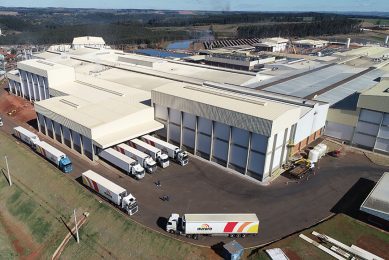More on Airbag Ventilation
A continuation of my blog “Airbag Ventilation” of the 11 June, 2007. This blog hits on power and exit holes and how it is not the size that matters (except for very small pigs) but the quantity.
This blog continues on from “Airbag Ventilation” of the 11 June, 2007. It hits on power and exit holes and how it is not the size that matters (except for very small pigs) but the quantity.
Power
A good point about polythene ducts is that ordinary propeller-type fans can be used and special aerofoil designs are unnecessary.
A good point about polythene ducts is that ordinary propeller-type fans can be used and special aerofoil designs are unnecessary.
Higher speed fans aid firm inflation and ensure a correct throw of air from the `sipes` or exit holes down the duct.
40 to 50 cm diameter fans should run at 1400 r.p.m.
60 to 75 cm……………………………. 940 r.p.m
90 to 100 cm………………………….. 720 r.p.m.
These are fixed to a simple air straightener (to prevent the polythene duct twisting from the fan`s torque) to which the ducting is clamped so that it can be rotated if needs be.
Exit holes (sipes)
The size of the hole does not matter except for very small pigs – it is the total area of holes – ie the number of them down the tube that is critical for any given fan, regardless of how long the duct is, thus the ratio of the total area of the holes to the cross-section area of the duct is important – between 1.5 to 2.0:1, with 1.85 usually chosen.
The size of the hole does not matter except for very small pigs – it is the total area of holes – ie the number of them down the tube that is critical for any given fan, regardless of how long the duct is, thus the ratio of the total area of the holes to the cross-section area of the duct is important – between 1.5 to 2.0:1, with 1.85 usually chosen.
A table is available of different hole diameters related to duct diameter for any length of duct, although a run of 100 m. is usually enough. (If the barn is longer than this, run another duct in from the opposite end).
Normally the holes are of 5 cm diameter which gives a good throw of air, but for young stock smaller holes are advisable to diffuse the air pattern.
Polythene ducts can be rotated, moved or changed so as to modify the air movement to suit different stocking or seasonal weather conditions.
Cut reverse `D` shaped holes, not complete circles, with the D flap facing the direction of airflow .This evens out the rippling effect of the minor changes in air pressure down the duct and so directs it evenly and at a right-angle.
So, you see, it is not just a matter of fixing a fan to a tube, cutting a few holes and then inflating it!
While Airbag Ventilation looks simple, can be made on-farm and is cheap, there is much know-how built-in. Many who have encountered problems may not have done sufficient homework.
If you require more information, send an email to info@pigprogress.net and if there is sufficient demand, we will do a detailed technical article providing all the information needed.











